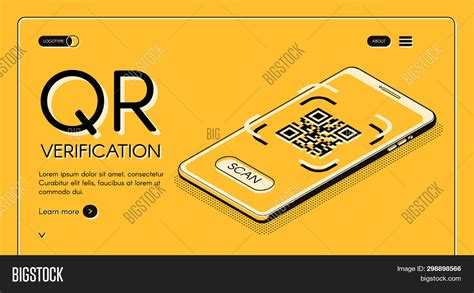How to Use QR Codes for Product Verification
Understanding the Basics of QR Codes for Product Verification
QR codes have revolutionized product verification, providing a straightforward way for consumers and businesses alike to ensure authenticity. A simple scan can reveal a wealth of information about a product’s origin, authenticity, and certification status. In this section, we’ll delve into the basics of QR codes and how they apply to product verification.
QR codes, or Quick Response codes, are matrix barcodes that store data, which can be accessed instantly via a smartphone or QR reader. For product verification, QR codes contain information about the manufacturer, product details, and certification status. They’re essential in various industries to prevent counterfeiting and provide consumers with peace of mind.
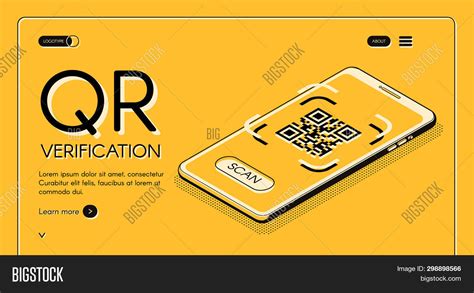
Benefits of Using QR Codes for Product Verification
QR codes offer a range of benefits for product verification. They are not only cost-effective and easy to implement but also provide a reliable way to assure consumers of a product’s authenticity. Here are some key benefits:
- Cost-effective: QR codes are inexpensive to produce and integrate into packaging.
- Ease of Use: With a simple scan, consumers can access critical product information.
- Improved Trust: By providing transparency, QR codes help build brand loyalty and trust.
- Counterfeit Protection: Companies can track and verify products, reducing the risk of counterfeits.
As consumers grow increasingly cautious, using QR codes for verification enhances brand credibility and meets demand for trustworthy products.
How QR Codes Help in Authenticating Products
QR codes serve as a bridge between the physical and digital worlds, enabling instant verification. Companies embed unique, encrypted QR codes on their products, which, when scanned, reveal data from a secure database. This data might include:
| Product Data | Details |
|---|---|
| Product ID | Unique identifier for the item |
| Manufacturer | Company producing the product |
| Certification Status | Indicates if product is genuine |
| Expiry Date | Date indicating validity period |
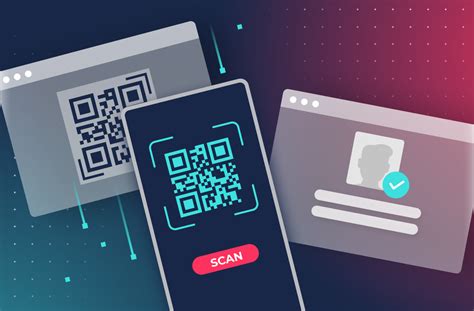
Types of QR Codes for Product Verification
There are two main types of QR codes used for product verification:
- Static QR Codes: These codes contain fixed data and are often used for one-time verification. However, they cannot be edited after creation, which may limit their effectiveness for ongoing product tracking.
- Dynamic QR Codes: These codes offer more flexibility, as the data can be updated without changing the code. They’re ideal for products requiring continuous verification and provide greater control over tracking and analytics.
Dynamic codes are commonly preferred in industries that demand up-to-date information for customer verification, such as pharmaceuticals and electronics.
Setting Up QR Codes for Product Verification
Establishing QR codes for verification involves several steps:
- Select a QR Code Generator: Choose a reliable QR code generator that offers encryption for secure product data.
- Input Product Data: Add details such as the product ID, manufacturer, and any certification data.
- Generate the QR Code: The system will create a unique code for each product.
- Test the Code: Ensure the code redirects to accurate, accessible information.
- Embed the Code on Packaging: Add the QR code to the product packaging for easy scanning.
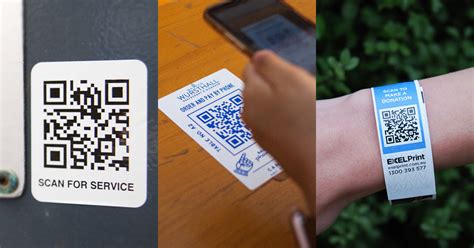
Best Practices for Using QR Codes in Product Verification
To ensure QR codes are used effectively in product verification, consider these best practices:
- Use secure QR code generators: Choose a generator that supports encryption and data privacy.
- Regularly update verification data: If using dynamic codes, keep information current to avoid outdated verification results.
- Test accessibility: Ensure that scanning the code redirects users to a mobile-friendly, secure page.
- Provide scanning instructions: Many consumers may need guidance on scanning QR codes.
Why Choose QR Codes for Product Verification?
With the rise of counterfeit products, QR codes have become a go-to solution for verification. They offer a digital way for consumers to verify the authenticity of their purchases instantly. Below are the key reasons brands should adopt QR codes for product verification:
- Ease of Use: Accessible with any smartphone, making it simple for all consumers.
- Real-time Verification: Instantly provides product data to verify authenticity.
- Cost-effective and Environmentally Friendly: Digital verification reduces paper-based authentication needs.
- Enhanced Brand Trust: Consumers trust brands that ensure product authenticity.
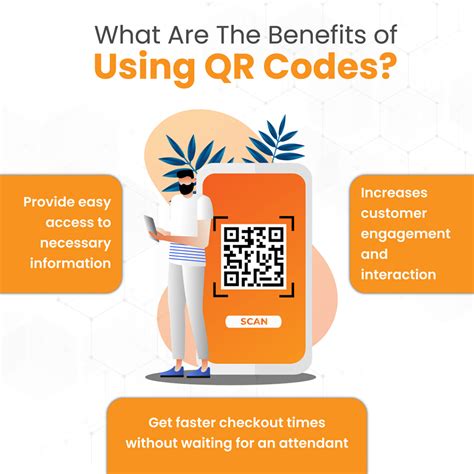
Summary Table of QR Code Use in Product Verification
| Aspect | Details |
|---|---|
| Types of QR Codes | Static and Dynamic |
| Key Benefits | Easy to use, Cost-effective, Real-time verification |
| Industries Using QR Codes | Pharmaceuticals, Electronics, Luxury Goods |
Frequently Asked Questions
What are QR codes used for in product verification?
QR codes are used to authenticate product details, track manufacturing origin, and prevent counterfeiting.
How secure are QR codes for verifying products?
QR codes can be highly secure when encryption and secure databases are used.
Can QR codes prevent counterfeit products?
Yes, QR codes allow instant verification to help prevent counterfeits.

